Illustrative Image: Morocco’s Green Tech Revolution: Powering Africa’s Sustainable Future
Image Source & Credit: Moroccoworldnews
Ownership and Usage Policy
Introduction
As the world grapples with climate change and the urgent need for cleaner energy systems, Morocco is steadily emerging as a hub for sustainable innovation in Africa. With its ambitious renewable energy targets, cutting-edge research institutions, and rapidly expanding green technology sector, the country is positioning itself as a vital bridge between Africa and Europe in the clean energy transition.
At the heart of this movement is Professor Ahmed Chebak, Director of the Green Tech Institute (GTI) and Professor of Electrical Engineering at University Mohammed VI Polytechnic (UM6P). Through his leadership and vision, Morocco is not only investing in renewable energy infrastructure but also cultivating the next generation of scientists, engineers, and innovators who will drive Africa’s sustainability agenda.
Morocco’s Renewable Energy Ambitions
Morocco has committed to an ambitious trajectory in renewable energy development. The country aims to generate 52% of its electricity from renewable sources by 2030 and an even more striking 80% by 2050. These targets are supported by multi-billion-dollar investments in solar, wind, and emerging green hydrogen technologies.
By 2027, Morocco plans to add 6.5 GW of solar and wind capacity, significantly reducing its reliance on fossil fuels and aligning its development strategy with the United Nations Sustainable Development Goals (SDGs). This push not only addresses Morocco’s growing domestic energy demand but also strengthens its role as a clean energy exporter in regional and global markets.
The Role of UM6P and the Green Tech Institute
The University Mohammed VI Polytechnic (UM6P) in Benguerir is more than just a university; it is a living laboratory for sustainability. With a curriculum deeply tied to industry and innovation, UM6P focuses on solving Africa’s pressing challenges in energy, agriculture, climate, and digital technology.
The Green Tech Institute (GTI), founded in collaboration with the Green Energy Park, is central to Morocco’s renewable energy vision. Its mission extends beyond traditional academics—it develops hands-on training programs, research partnerships, and applied projects that bridge the gap between academia and industry.
For example:
-
Living Labs & Smart Campuses: UM6P’s African Supercomputing Centre, partly powered by renewable energy, supports advanced research in genomics, climate modeling, and sustainable agriculture.
-
Specialized Programs: GTI’s Master’s in Electrical Engineering for Renewable Energies and Smart Grids (RESMA) equips students with the skills needed to integrate renewables into modern power systems.
-
Practical Experience: Students engage directly with digital twins, smart grids, and simulation-based energy modeling, ensuring they are industry-ready upon graduation.
Driving Innovation: Smart Grids, Digital Twins, and Energy Storage
One of the most transformative areas of Morocco’s energy transition lies in smart grid technologies and digital twins. Smart grids enable real-time monitoring and optimization of electricity systems by incorporating AI, IoT, and advanced sensors, while digital twins provide virtual replicas of power systems for predictive analysis, testing, and efficiency optimization.
GTI equips students and researchers to work with these advanced tools, preparing them to:
-
Design and manage resilient grid systems.
-
Improve energy efficiency and reduce losses.
-
Integrate renewable energy sources into existing infrastructure.
Equally crucial is Morocco’s investment in advanced battery storage technologies, which help manage the intermittency of solar and wind energy. This includes new ventures in electric vehicle (EV) batteries—leveraging Morocco’s rich reserves of cobalt and phosphates, essential minerals for the global battery industry.
Pioneering Green Hydrogen and Sustainable Mobility
Perhaps the most exciting frontier for Morocco is its work in green hydrogen. Through collaborations with Chariot Hydrogen and Oort Energy, UM6P is piloting electrolyser projects that aim to scale up hydrogen production. Green hydrogen has the potential to revolutionize industries such as transport, agriculture, and manufacturing by offering a zero-emissions fuel alternative.
Morocco’s strong automotive industry also benefits from this green transition. A new EV battery gigafactory in Tangier underscores the country’s commitment to sustainable mobility. Research at GTI is focused on:
-
EV-smart grid integration, ensuring that electric vehicles can both consume and feed energy back into the grid.
-
Hydrogen storage solutions for transport, enhancing Morocco’s role in the future of green mobility.
-
Electric traction systems design, preparing engineers for the next wave of automotive innovation.
Academia-Industry Collaboration: Building a Green Economy
The GTI model thrives on collaboration. By working with global leaders such as Capgemini Engineering, EDF Renouvelables, and Managem, UM6P ensures that research innovations are rapidly transferred into practical, scalable solutions.
These partnerships:
-
Support research in hydrogen production and renewable integration.
-
Provide students with real-world industry experience.
-
Accelerate the commercialization of renewable technologies in Africa.
This dynamic ecosystem allows Morocco to export both technology and talent, further strengthening its position as a continental leader in sustainability.
Looking Ahead: Morocco as a Green Energy Hub
According to Professor Chebak, the most promising innovations for accelerating the global energy transition include:
-
Advanced Battery Storage: Solving intermittency challenges of renewable energy.
-
AI-Powered Smart Grids: Enhancing efficiency, reliability, and resilience.
-
Green Hydrogen Applications: Creating sustainable fuels for hard-to-decarbonize sectors.
Through investments in these technologies, Morocco is not only securing its own energy independence but also creating opportunities for Africa to leapfrog into a climate-resilient future.
Conclusion
Morocco’s bold green technology strategy—anchored by UM6P and GTI—demonstrates how education, innovation, and industry collaboration can transform a country into a renewable energy powerhouse. By combining its geographical advantages, resource wealth, and intellectual capital, Morocco is building a future where Africa does not just adopt sustainable technologies but actively shapes the global green economy.
With initiatives spanning solar, wind, smart grids, hydrogen, EVs, and digital innovation, Morocco is paving the way for an energy-secure and sustainable continent, proving that Africa can lead the world in the transition to clean energy.



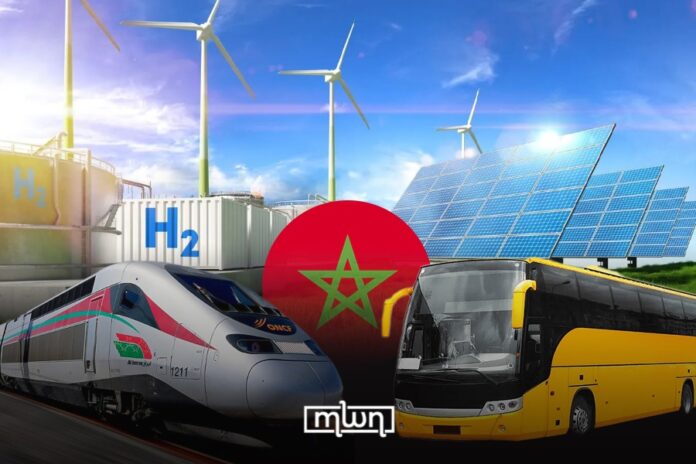
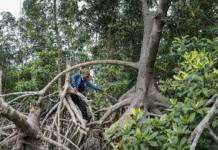
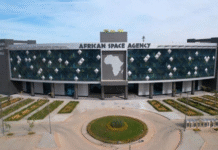
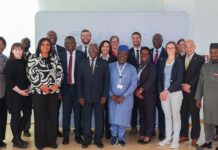
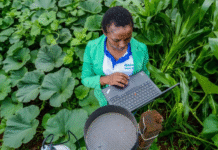



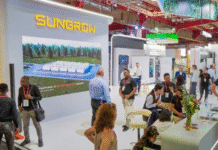
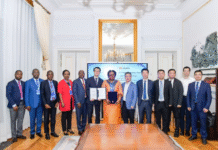



 The African Research (AR) Index is a comprehensive scholarly directory and database focused explicitly on journal publishers that publish and disseminate African research.
The African Research (AR) Index is a comprehensive scholarly directory and database focused explicitly on journal publishers that publish and disseminate African research.

